Extending the superposition principle to the time domain gives rise to enhanced correlations that exceed a theoretical quantum limit—a result that could inspire new forms of quantum control.


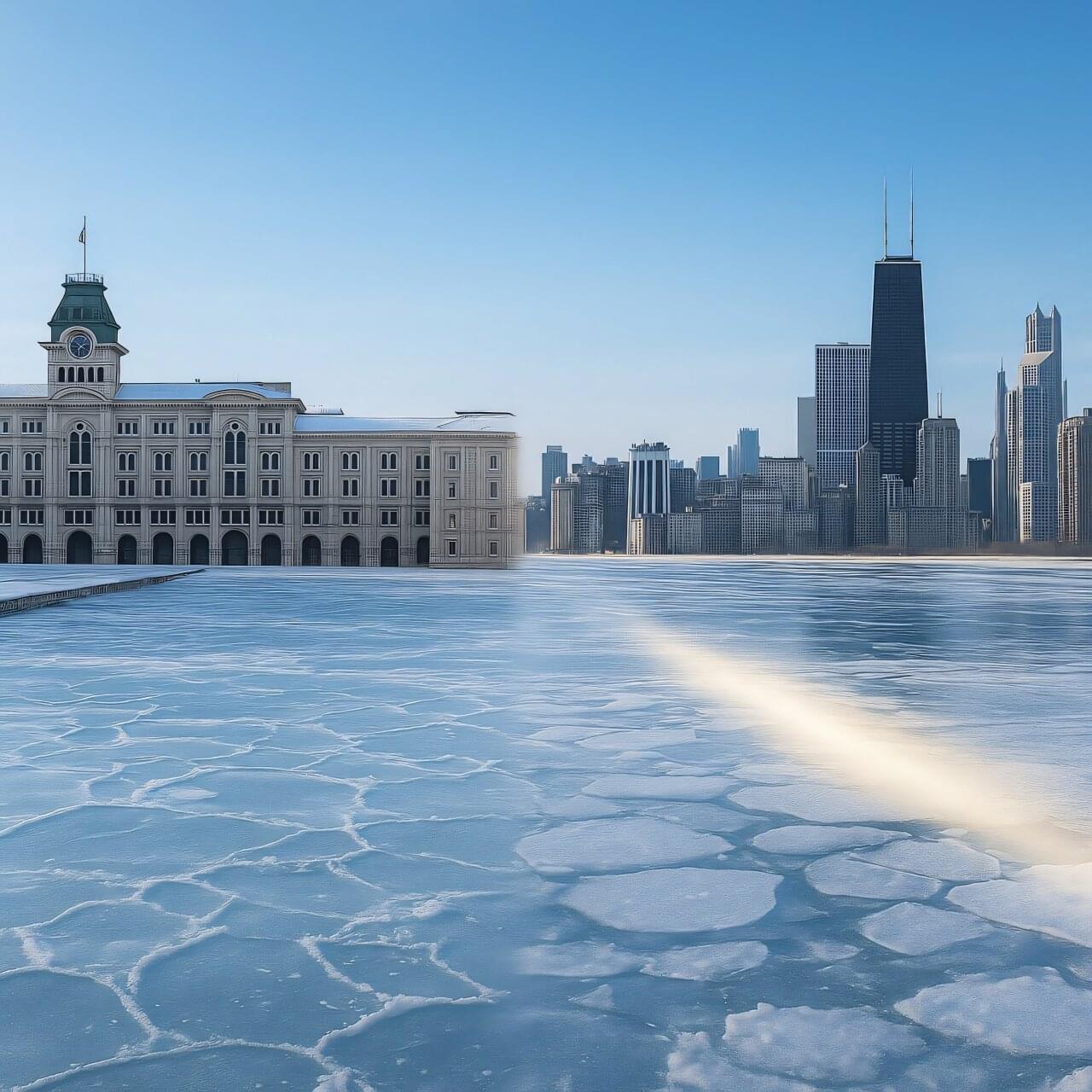
When ultraviolet light hits ice—whether in Earth’s polar regions or on distant planets—it triggers a cascade of chemical reactions that have puzzled scientists for decades.
Now, researchers at the University of Chicago Pritzker School of Molecular Engineering (UChicago PME) and collaborators at the Abdus Salam International Center for Theoretical Physics (ICTP) have used quantum mechanical simulations to reveal how tiny imperfections in ice’s crystal structure dramatically alter how ice absorbs and emits light. The findings, published in Proceedings of the National Academy of Sciences, pave the way for scientists to better understand what happens at a sub-atomic scale when ice melts, which has implications including improving predictions of the release of greenhouse gases from thawing permafrost.
“No one has been able to model what happens when UV light hits ice with this level of accuracy before,” said Giulia Galli, Liew Family Professor of Molecular Engineering and one of the senior authors of the new work. “Our paper provides an important starting point to understand the interaction of light with ice.”
Questions to inspire discussion.
💰 Q: What would California’s wealth tax cost super voting shareholders like Larry Page and Sergey Brin? A: The tax multiplies voting ownership percentage by market cap to value super voting shares, resulting in a punitive tax rate of up to 50% on net worth for founders with control premiums.
🏃 Q: How much wealth could leave California if the asset seizure tax passes? A: An estimated half a trillion dollars in net worth could exit the state, creating severe budget implications for California’s social programs and general budget.
📊 Q: What should entrepreneurs do to prepare for potential wealth taxes on unrealized gains? A: Maintain a liquid safety net to cover tax bills on unrealized gains, though this is impossible to plan for if stock values later decline and bankrupt the company.
2026 Business Opportunities.
🤖 Q: Which company will become the first with more robots than humans? A: Amazon is predicted to become the first company with more robots than humans driving its bottom line by 2026 as they deploy robots while keeping human hiring flat.
Decoherance which is why we are not aware of the universe splitting.
Is our universe a definitive single reality or is it merely one within an infinitely branching multiverse? Be sure to check out Physics Girl’s Dianna Cowern for more awesome science / physicsgirl.
Get your own Space Time tshirt at http://bit.ly/1QlzoBi.
Tweet at us! @pbsspacetime.
Facebook: facebook.com/pbsspacetime.
Email us! pbsspacetime [at] gmail [dot] com.
Comment on Reddit: / pbsspacetime.
Support us on Patreon! / pbsspacetime.
Help translate our videos! https://www.youtube.com/timedtext_cs_p… Copenhagen interpretation of quantum mechanics tells us that observation collapses a probability wave into a single definitive outcome, but this isn’t the only interpretation of quantum mechanics. The many worlds theory proposes that the wavefunction never actually collapses. The observer simply follows one of those many possible paths into their present reality while all the other paths continue on independent of the observer. Each of these paths branches off into an entirely different reality. In this episode Matt discusses the details of the many worlds theory and why it’s not so far-fetched to think that our reality is simply one of an infinite number of realities existing within space time. Links to sources: The Quantum Experiment that Broke Reality • The Quantum Experiment that Broke Reality… Hugh Everett’s Ph.D. Dissertation http://www-tc.pbs.org/wgbh/nova/manyw… Crazy Pool Vortex
• Crazy pool vortex Previous Episode
• The First Humans on Mars Written and hosted by Matt O’Dowd Produced by Rusty Ward Made by Kornhaber Brown (www.kornhaberbrown.com)
The Copenhagen interpretation of quantum mechanics tells us that observation collapses a probability wave into a single definitive outcome, but this isn’t the only interpretation of quantum mechanics. The many worlds theory proposes that the wavefunction never actually collapses. The observer simply follows one of those many possible paths into their present reality while all the other paths continue on independent of the observer. Each of these paths branches off into an entirely different reality. In this episode Matt discusses the details of the many worlds theory and why it’s not so far-fetched to think that our reality is simply one of an infinite number of realities existing within space time.

Podcast with Chuck Brooks, Adjunct Professor at Georgetown University and President of Brooks Consulting International — Quantum Computing Report.
Overview In this episode of The Quantum Spin by HKA, host Veronica Combs discusses the intersections of quantum technology and cybersecurity with Chuck Brooks, an adjunct professor at Georgetown University and the president of Brooks Consulting International. Chuck discusses how the evolution of technology, particularly AI and quantum computing, has dramatically transformed cybersecurity. The conversation also touches on the role of CISOs, the integration of new technologies, and the importance of ongoing education and adaptation in the face of rapidly changing technologies. 00:00 Introduction to Quantum Spin Podcast00:34 Guest Introduction: Chuck Brooks00:46 Chuck Brooks’ Career […].
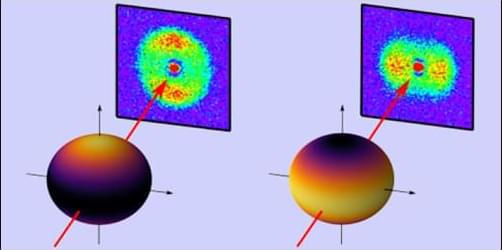
Over the past few decades, researchers have used ultracold atomic gases to simulate high-temperature superconductors and other materials in which electrons interact strongly. Frustratingly, these experiments have failed to uncover the temperature dependence of certain “p-wave” interactions relevant to some superconductors and superfluids. Now Kenta Nagase and his colleagues at the Institute of Science Tokyo have tracked how these interactions change as a cloud of lithium atoms is cooled toward absolute zero [1]. The results could help scientists better understand the behavior of certain exotic superconductors.
In a p-wave interaction, particles collide with each other in such a way that their interaction strength depends on their relative orientations. The inherent complexity of these interactions, such as their occurrence through three different scattering channels, meant that their predicted temperature dependence lacked experimental confirmation. To surmount this hurdle, Nagase and his colleagues isolated and analyzed the contributions to the interactions from each channel. They repeated their experiment at many temperatures, controlled by the strength of the optical trap confining the lithium cloud.
As they cooled the lithium cloud, Nagase and his colleagues saw that the strength of p-wave interactions increased, in agreement with predictions. These interactions caused the lithium atoms to briefly form fragile molecules, mimicking the pairing of electrons in a superconductor. The measured number, angular distribution, and behavior of such molecules were also consistent with expectations. These properties had been explored in the lab only partially, so the new work provides stronger support for current models of ultracold atomic gases.

A research team affiliated with UNIST has unveiled a quantum device, capable of ultra-fast operation, a key step toward realizing technologies like 6G communications. This innovation overcomes a major hurdle that has long limited the durability of such devices under high electrical fields.
Professor Hyeong-Ryeol Park from the Department of Physics at UNIST, in collaboration with Professor Sang Woon Lee at Ajou University, has developed a terahertz quantum device that can operate reliably without suffering damage from intense electric fields—something that has been a challenge for existing technologies.
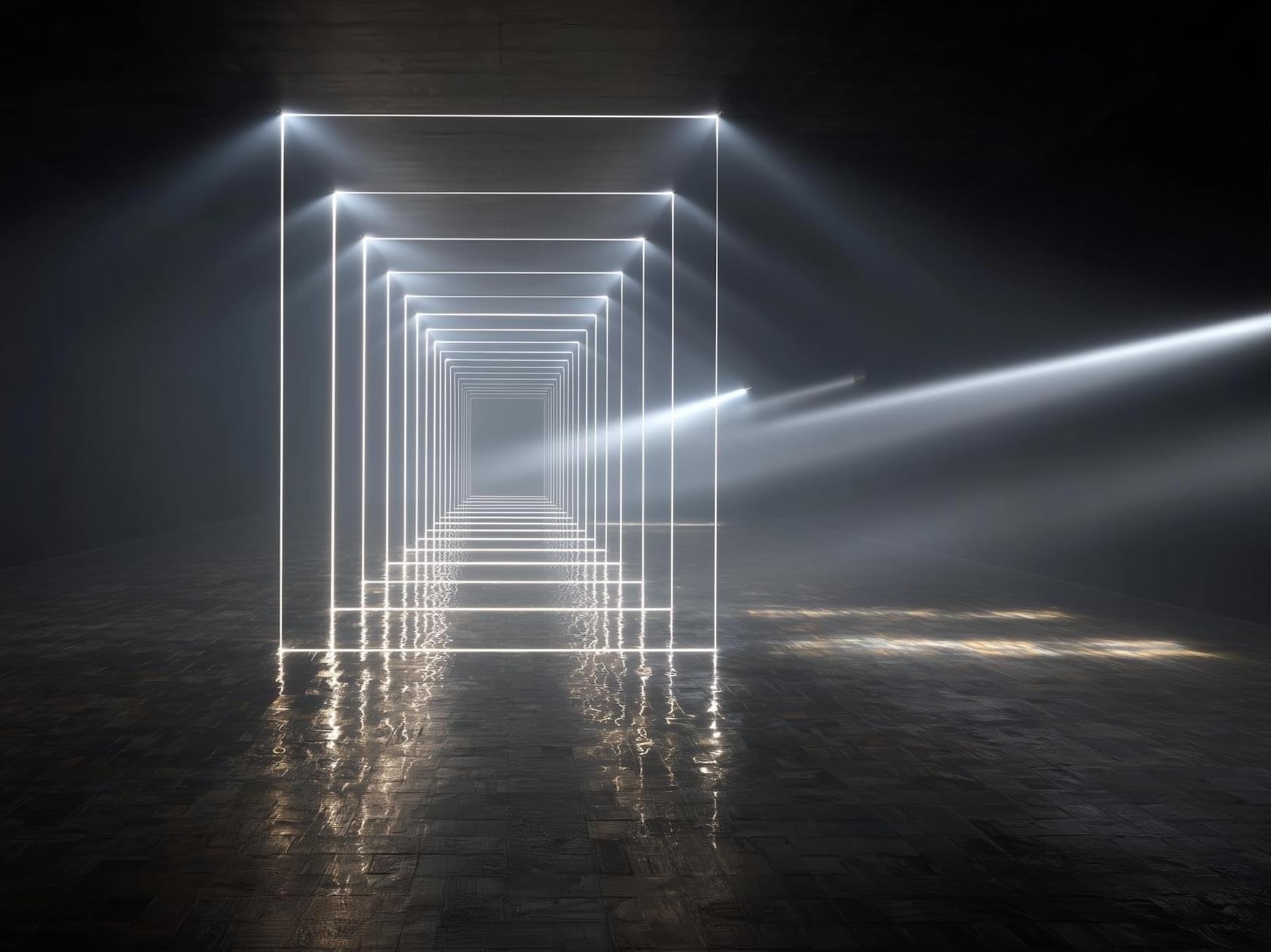
Shaped quantum light is turning ordinary photons into powerful tools for the future of technology.
A global group of scientists, including researchers from the UAB, has published a new review in Nature Photonics exploring a rapidly developing area of research called quantum structured light. This field is changing how information can be sent, measured, and processed by combining quantum physics with carefully designed patterns of light in space and time. By doing so, researchers can create photons capable of carrying far more information than traditional light.
From qubits to higher dimensional quantum states.
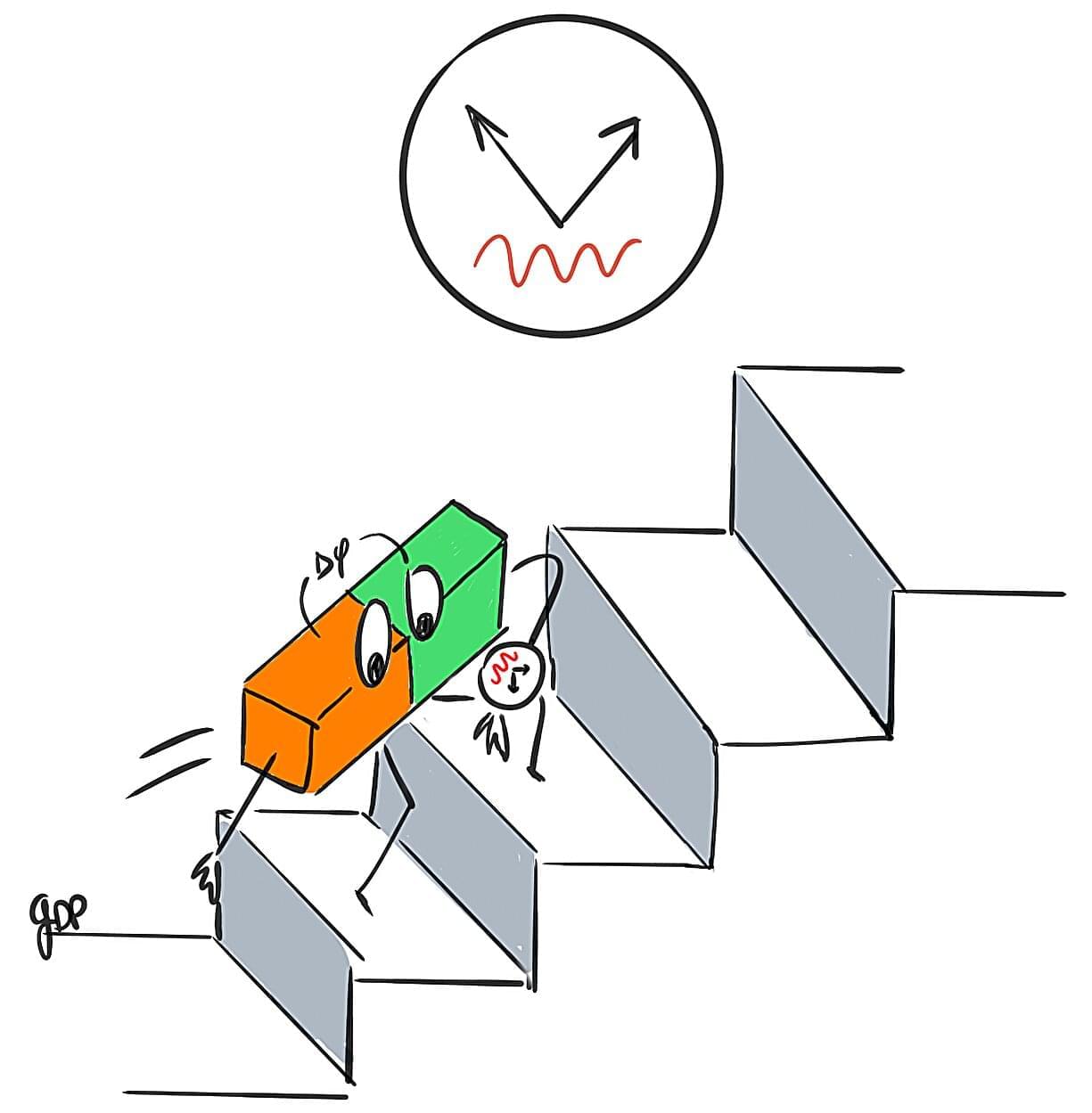
Using ultracold atoms and laser light, researchers recreated the behavior of a Josephson junction—an essential component of quantum computers and voltage standards. The appearance of Shapiro steps in this atomic system reveals a deep universality in quantum physics and makes elusive microscopic effects visible for the first time.
Josephson junctions play a central role in modern physics and technology. They enable extremely precise measurements, define the international standard for electrical voltage, and serve as essential components inside many quantum computers. Despite their importance, the quantum-scale processes occurring inside superconductors are notoriously difficult to observe directly.
To overcome this challenge, researchers at the RPTU University of Kaiserslautern-Landau turned to quantum simulation. Instead of studying electrons inside a solid material, they recreated the Josephson effect using ultracold atoms. Their approach involved separating two Bose-Einstein condensates (BECs) with an exceptionally thin optical barrier created by a focused laser beam that was moved in a controlled, periodic way. Even in this atomic system, the defining signatures of Josephson junctions emerged. The experiment revealed Shapiro steps, which are distinct voltage plateaus that appear at multiples of a driving frequency, just as they do in superconducting devices. Published in the journal Science, the work stands as a clear example of how quantum simulation can uncover hidden physics.
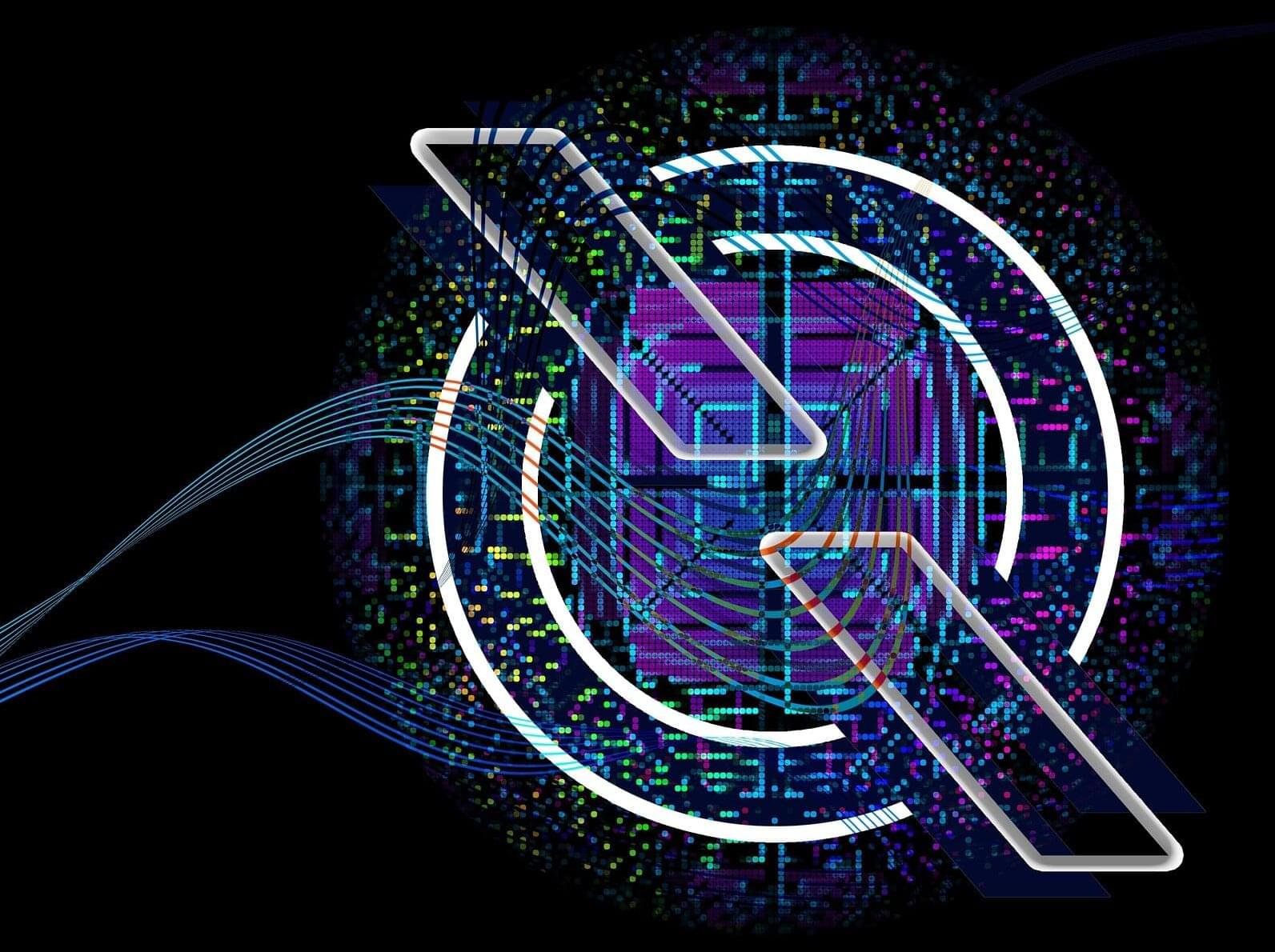
Researchers from the Faculty of Engineering at The University of Hong Kong (HKU) have made a significant discovery regarding quantum entanglement. This phenomenon, which has long been viewed as a significant obstacle in classical quantum simulations, actually enhances the speed of quantum simulations. The findings are published in Nature Physics in an article titled “Entanglement accelerates quantum simulation.”
Simulating the dynamic evolution of matter is fundamental to understanding the universe, yet it remains one of the most challenging tasks in physics and chemistry. For decades, “entanglement”—the complex correlation between quantum particles—has been viewed as a formidable barrier. In classical computing, high entanglement makes simulations exponentially harder to perform, often acting as a bottleneck for studying complex quantum systems.
Led by Professor Qi Zhao from the School of Computing and Data Science at HKU, the research team collaborated with Professor You Zhou from Fudan University and Professor Andrew M. Childs from the University of Maryland, and overturned this long-held belief. They discovered that while entanglement hinders classical computers, it actually accelerates quantum simulations, turning a former obstacle into a powerful resource.